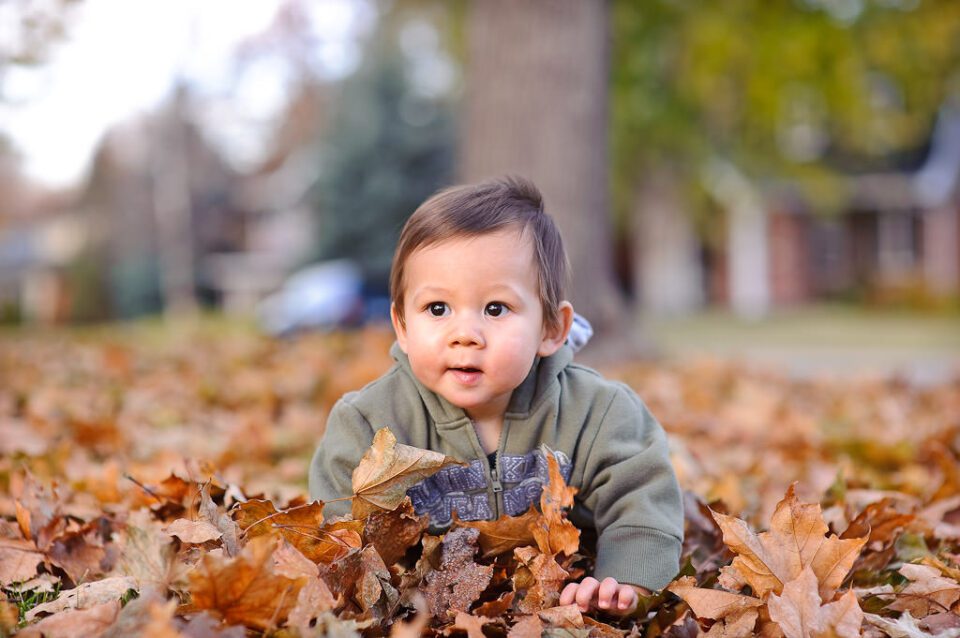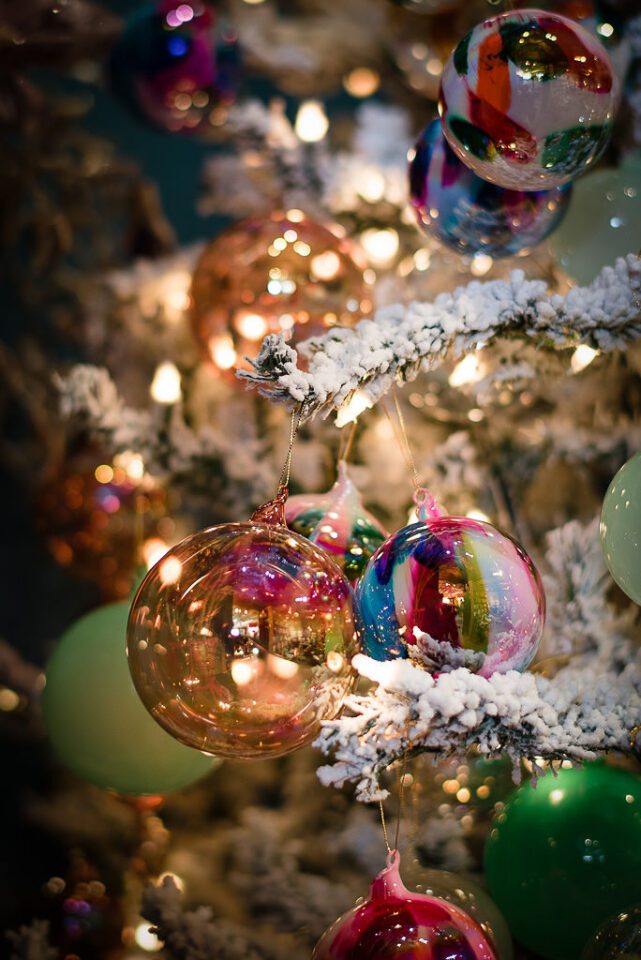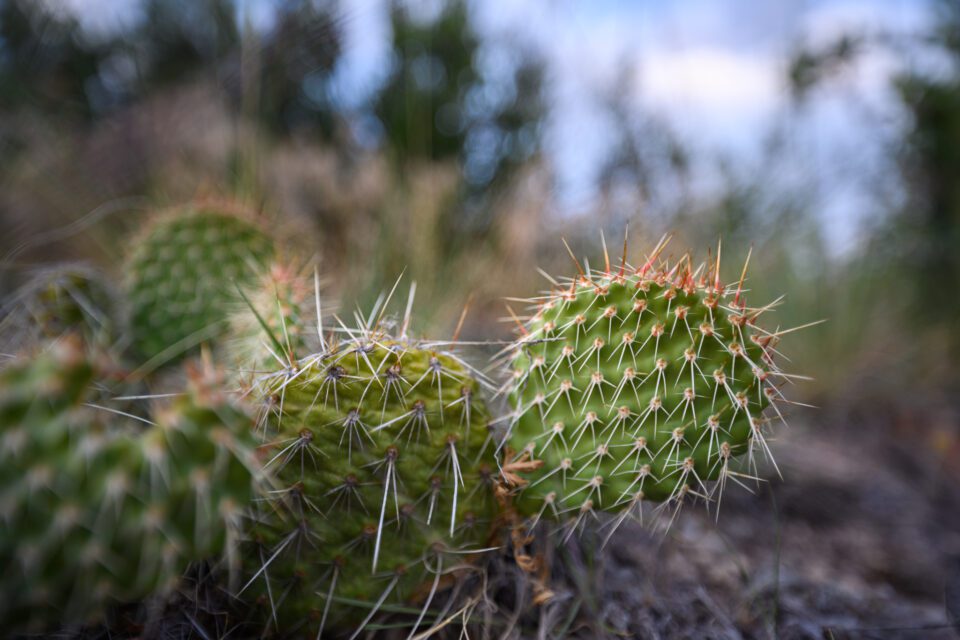What is Bokeh and How It Affects Your Images
Bokeh, also known as “Boke” is one of the most popular subjects in photography. The reason why it is so popular, is because Bokeh makes photographs visually appealing, forcing us to focus our attention on a particular area of the image. The word comes from Japanese language, which literally translates as “blur”.

Bokeh, also known as “Boke” is one of the most popular subjects in photography. The reason why it is so popular, is because Bokeh makes photographs visually appealing, forcing us to focus our attention on a particular area of the image. The word comes from Japanese language, which literally translates as “blur”.











تعليق